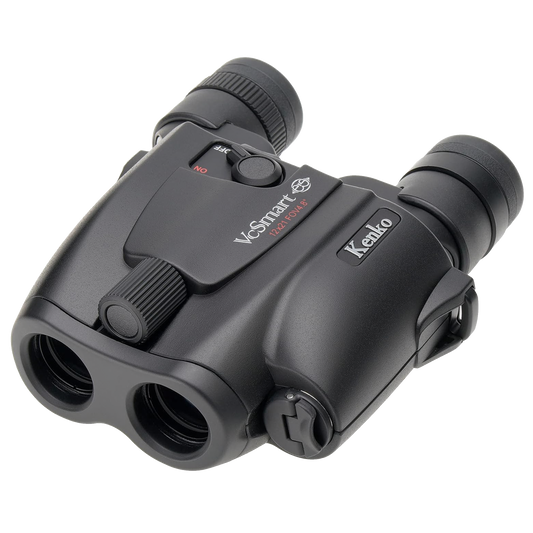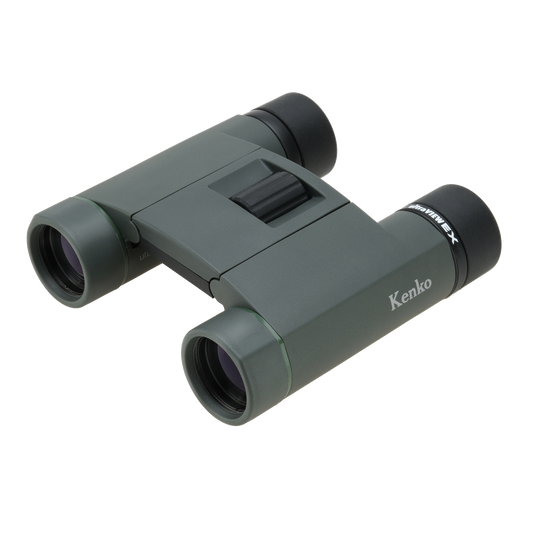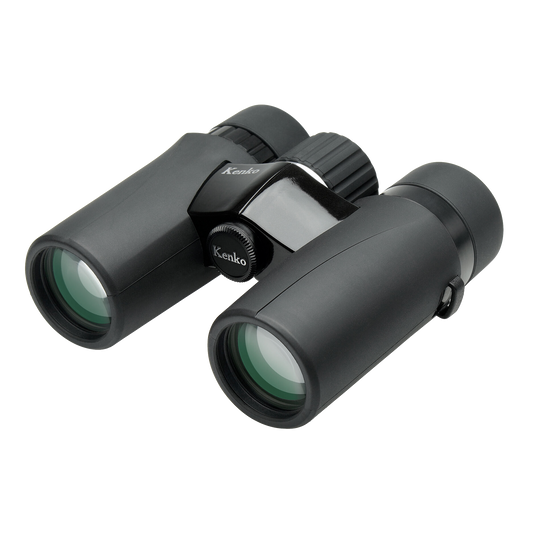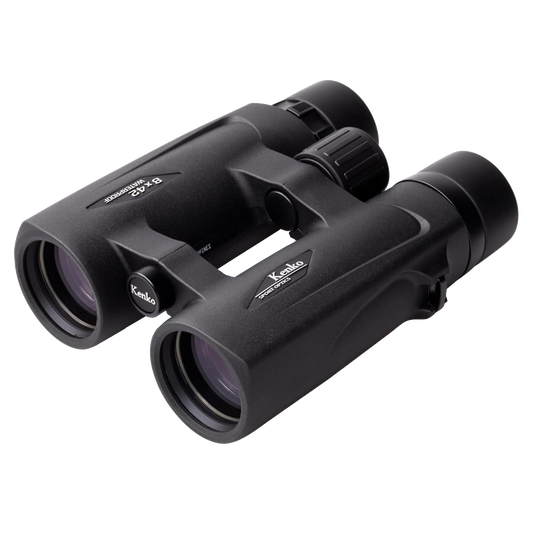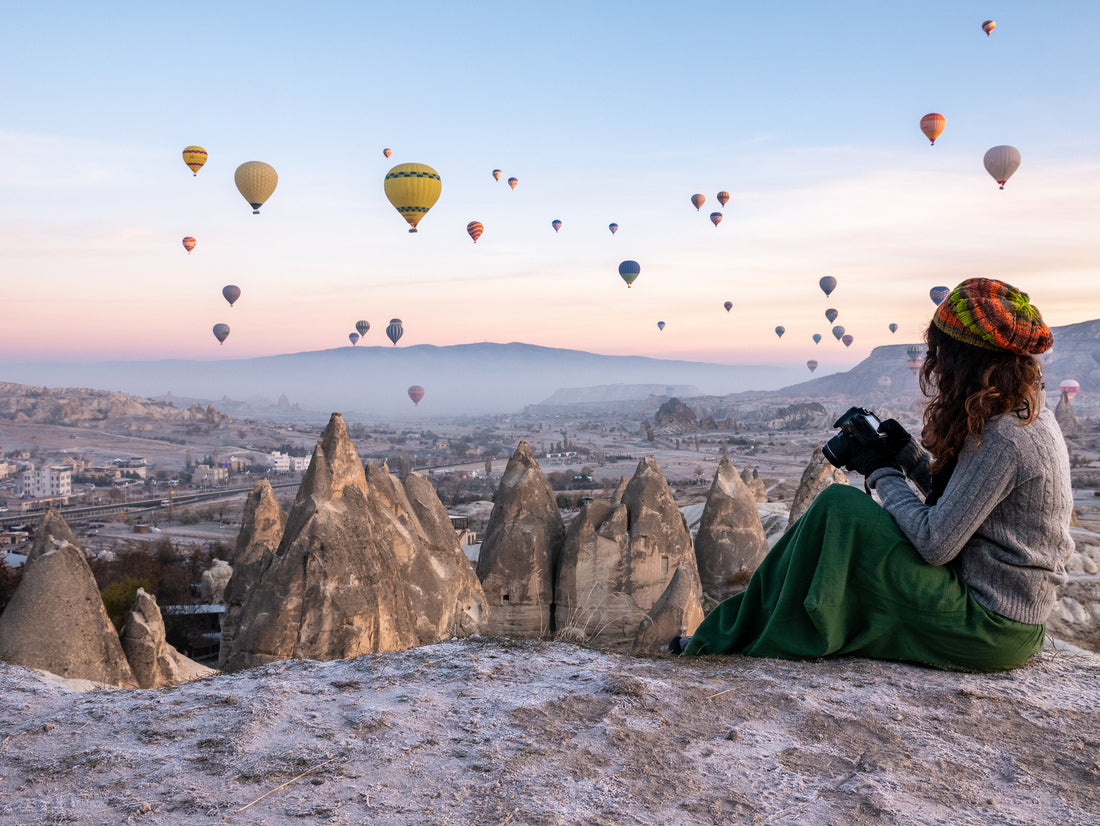
Learn Landscape Photography by Trying These Simple Techniques

photo by wildart via iStock
The great thing about landscape photography is that there’s no lack of subject matter on which you can practice your craft. That means there’s no excuses for not getting out there and taking some shots!
If you want to learn landscape photography without getting bogged down in complicated tutorials, this article is for you.
In it, I outline a few quick and easy landscape photography tips that will help you improve the quality of your photos.
Landscape Photography Composition Tip: Focus on Scale

photo by DieterMeyrl via iStock
One of the difficulties of landscape photography is that sometimes it’s hard to communicate the scale of the scene in the photograph.
That is, the big, majestic mountains you see before you can look a little less awe-inspiring in your photos, particularly if you use a smartphone or a wide-angle lens on your DSLR or mirrorless camera.
The reason for this is because wide-angle lenses accentuate the size of elements near to them while de-emphasizing the size of elements far away.

photo by aluxum via iStock
There are a couple of things you can do to address this problem: shoot with a longer focal length lens or incorporate elements that speak to the scale of the scene.
Not everyone has the finances to go out and snag a telephoto lens, so let’s focus instead on how to use scale to enhance the photo.

photo by stockstudioX via iStock
By adding foreground elements of a familiar size - a person, a bike, a dog, or anything of such sort - you immediately indicate to the viewer how big and vast the rest of the scene is.
In other words, you give the viewer a means of comparing the size of your subject and a much smaller element. Not only does this help create the sense of grandeur that you see with your own eyes, but it can also make for a rather dramatic photo as well.
Granted, focusing on scale alone isn’t going to get you the same results as shooting with a longer lens, but it’s a great place to start. If you want to learn landscape photography, adding new composition tricks to your toolkit won’t hurt!
Learn More:
Landscape Photography Gear Tip: Add a Circular Polarizing Filter to Your Kit

photo by bluejayphoto via iStock
Another common problem you’ll encounter when trying to learn landscape photography is glare off of the surface of rivers, streams, lakes, and other bodies of water.
Not only is the bright reflection a huge distraction in the shot, but it also prevents the viewer from seeing into the water. The shapes, textures, and patterns of rocks and other underwater features can add wonderful depth and visual interest to the shot, so it’s something you want viewers to see!

The solution to this problem is to use a circular polarizing filter like the one shown above.
A circular polarizer simply screws onto the end of your lens. To adjust the filter, all you have to do is turn it in its housing to increase or decrease its effect.
Polarizing filters work best when the sun is at a 45-degree angle, though even if you aren’t quite at a 45-degree angle you’ll still notice a reduction in glare.

photo by fotoVoyager via iStock
What’s more, circular polarizers reduce atmospheric haze - the stuff that makes distant features look blue - and they also boost contrast in the sky so the clouds pop more against a darker blue.
In other words, a polarizing filter is a triple-threat tool for improving your images. What’s not to like about that?!
Editor’s Tip: High-quality circular polarizers do all this without reducing the sharpness of the image and without introducing vignetting. What’s more, a good polarizer resists dust, dirt, water, and smudges, that way you spend less time cleaning your filter and more time taking photos. When shopping for a polarizer, look for one with precision-polished optical glass and a slim housing ring to get the best results as you learn landscape photography.
Landscape Photography Settings Tip: Use Aperture Priority Mode

photo by tomch via iStock
To fully learn landscape photography, you’ll need to develop an understanding of the exposure controls - aperture, shutter speed, and ISO - which are collectively known as the Exposure Triangle.
Additionally, learning how to shoot in manual mode so you can freely manipulate each of the three exposure controls as needed is a good goal to set.
For now, though, manual mode might be a little intimidating, so you can do the next best thing and shoot in aperture priority mode.

photo by FabrikaCr via iStock
Labeled A or Av on your camera dial, aperture priority mode gives you much more control over the exposure settings while still letting the camera help you out.
In this mode, you determine the aperture setting and the ISO, and the camera will select a shutter speed to match, that way you get a good exposure.
Obviously, the advantage of using aperture priority mode is that you can begin to take more control over the camera without having to deal with all three exposure settings yourself.

photo by xalanx via iStock
Consider aperture priority mode a nice stepping stone between shooting in full auto and full manual. You can learn more about how the aperture affects the exposure and see how it changes the artistic look of the shot, too - after all, aperture is one of the components responsible for depth of field.
There’s a lot more to learn about landscape photography settings, the fundamentals of landscape photography, landscape photography composition, and so forth. But for now, this short landscape photography tutorial will help you get on the right path to creating better landscape photos.
Learn More:
Originally posted on PhotographyTalk.com

